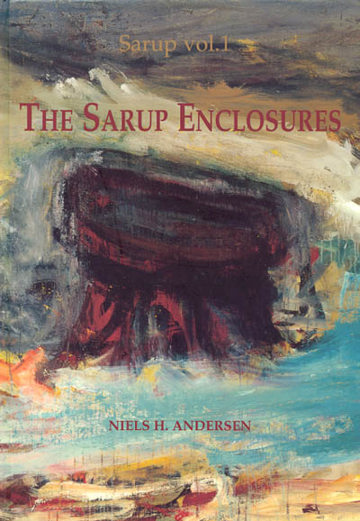
The Sarup Enclosures
Sarup vol. 1
A part of the series Jysk Arkæologisk Selskabs Skrifter (33:1) , and the subject area Archaeology
More about the book
About the book
In this book, the director of the Sarup excavation presents two
large enclosures from the neolithic - about 3400 and 3200 BC, at
Sarup on the island of Funen in Denmark. Both enclosures were
surrounded by palisade fences and a series of large oblong ditches.
The Sarup excavation is the largest of its kind in Europe. The
enclosures are discussed in the context of a study of the local
area which shows that at this date the population had been spread
across a number of small settlements and had built more than a
hundred megalithic graves (dolmens and passage graves). A
comparative survey considers about 800 similar enclosures that have
been found in Europe in the last 115 years.
The book concludes by interpreting the neolithic enclosures as
sites at which a dispersed population temporarily, in an act of
rites of passage, buried its dead, later to exhume them and
re-inter parts of the bodies in megalithic graves closer to their
settlements.
Table of contents
Preface1. The Sarup Site - Discovery, Topography, Excavation, Features, Finds, Chronology
2. Description of the Two Enclosed Structures: Sarup I and Sarup II
3. The Sarup Area: The Search for Evidence of Settlements, Burials etc. Contemporary with Sarup I and Sarup II
4. Sarup at the End of the Fourth and in the Third Mellenium BC
5. Enclosed Structures in the European Neolithic
6. Characteristic Features of the Enclosed Sites
7. The Interpretation of the Enclosed Sites
8. Why Sarup?
Notes
Appendix
Literature
Index




